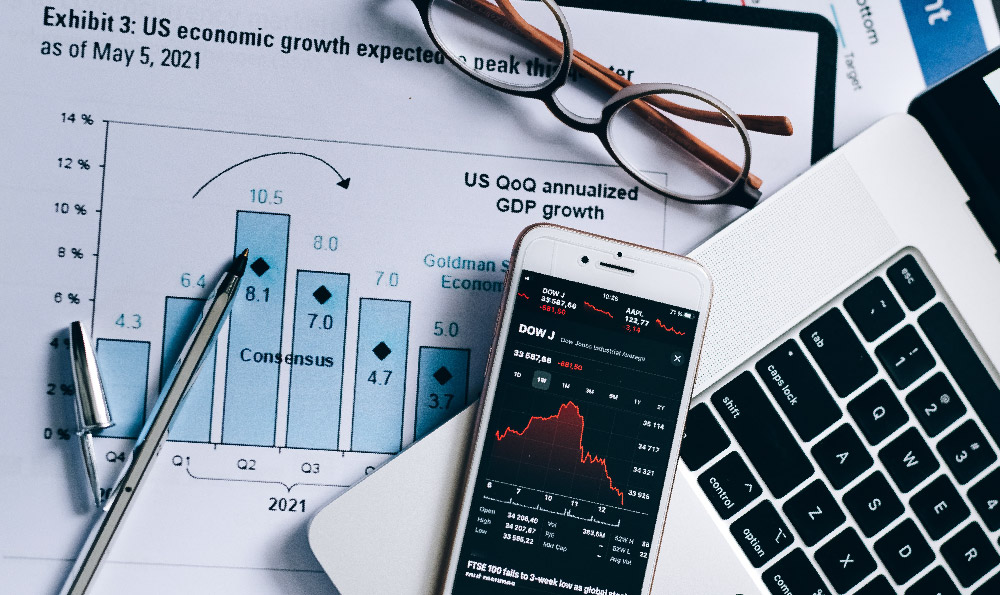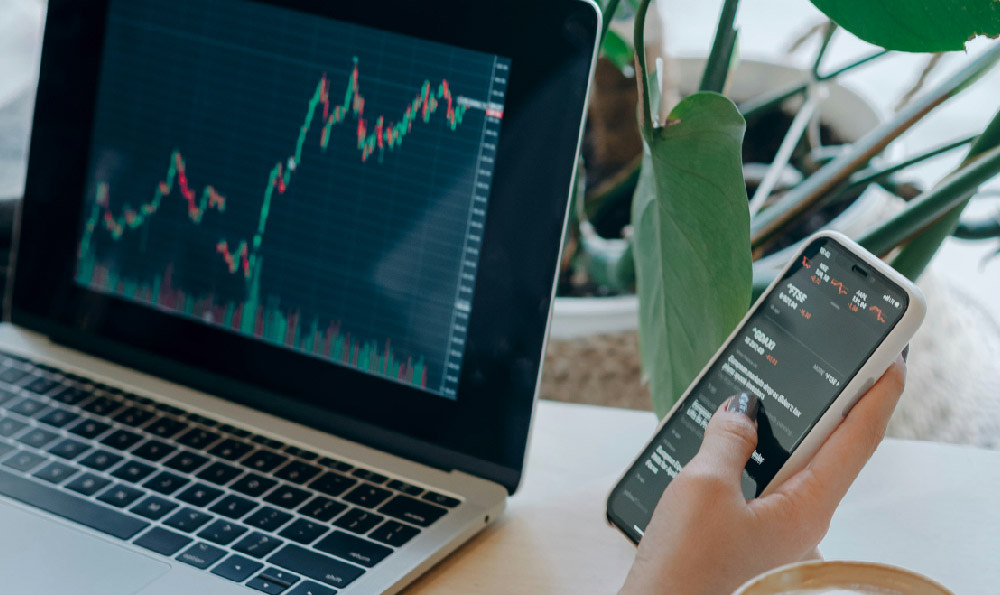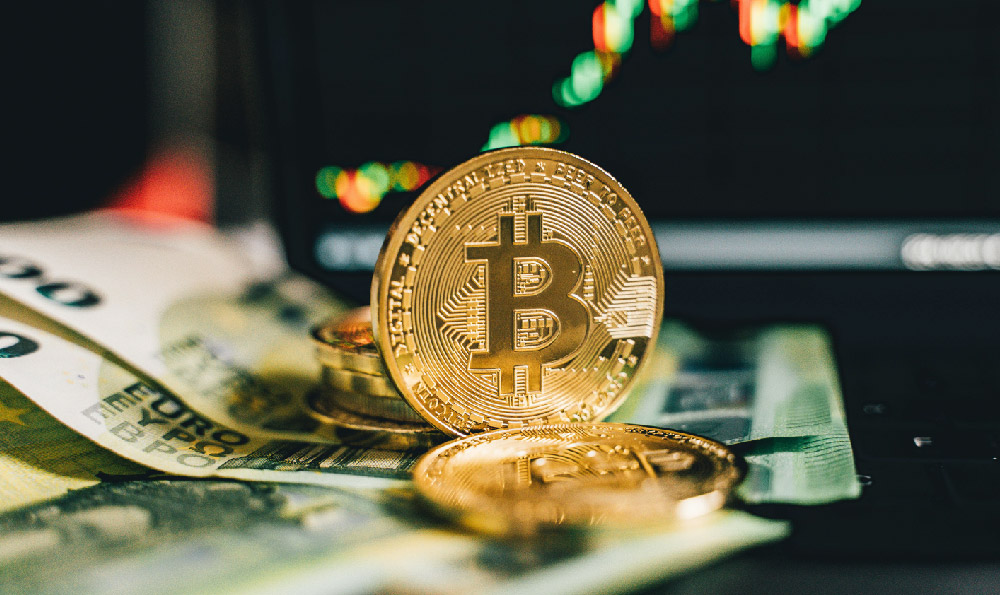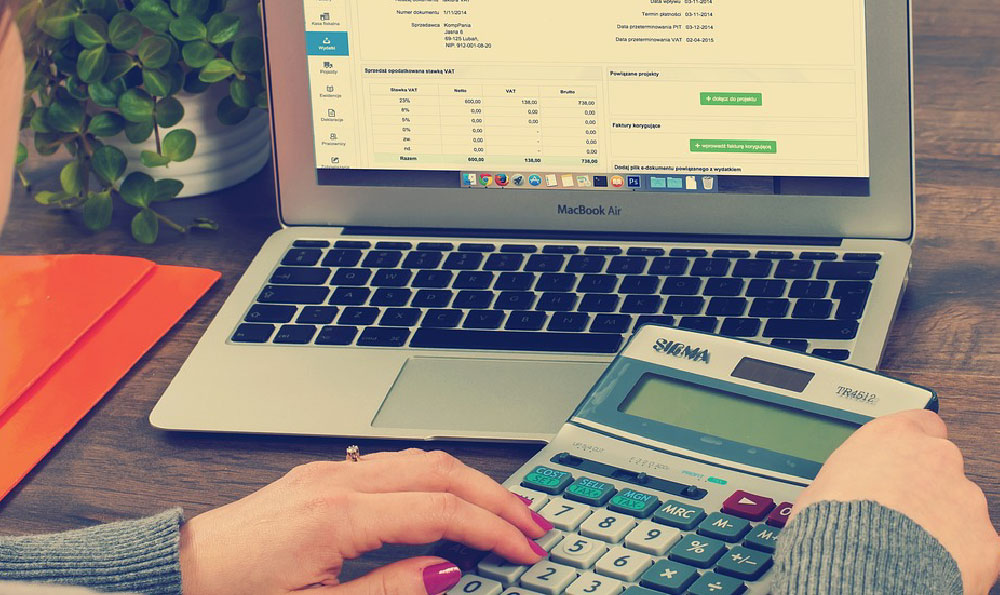Investing in copper can be a strategic move, given its critical role in various industries, from construction and electronics to renewable energy. Understanding the different avenues available to invest in this vital commodity is essential before diving in. Here’s a comprehensive look at your options:
One of the most direct ways to participate in the copper market is through buying physical copper. This involves acquiring actual copper bars, ingots, or coins. While this method allows you to physically hold the asset, it comes with its own set of challenges. Storage can be a significant issue, particularly for larger quantities. You'll need secure, climate-controlled facilities to prevent theft and corrosion. Insurance is also necessary to protect your investment against potential losses. Furthermore, the transaction costs associated with buying and selling physical copper, including shipping, handling, and dealer markups, can eat into your profits. Unless you have a very specific reason for wanting to own the physical metal, this approach is generally not recommended for individual investors.
A more accessible and liquid way to invest in copper is through copper futures contracts. These are agreements to buy or sell a specific quantity of copper at a predetermined price on a future date. Futures contracts are traded on exchanges like the COMEX division of the New York Mercantile Exchange (NYMEX). Investing in futures requires a margin account, which means you only need to put up a percentage of the total contract value as collateral. While this leverage can amplify your gains, it also magnifies your losses. The copper futures market can be volatile, influenced by factors like global economic growth, supply disruptions, and inventory levels. Therefore, a deep understanding of market dynamics and risk management is crucial before engaging in futures trading. It's also important to note that futures contracts have expiration dates, and you'll need to either roll over your position into a new contract or take delivery of the copper, which, as we discussed, can be logistically challenging.
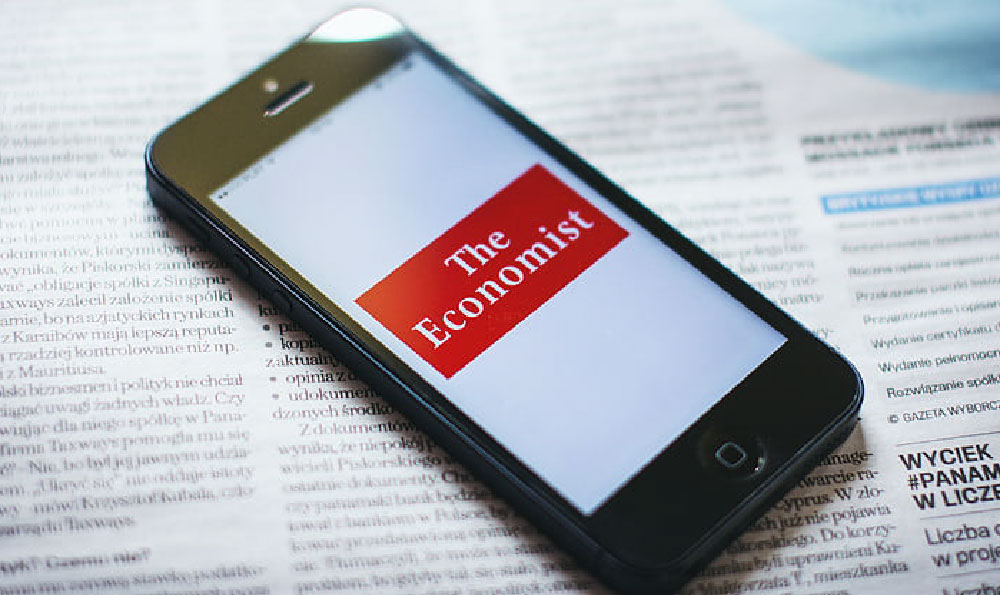
Exchange-Traded Funds (ETFs) provide a diversified and convenient way to invest in copper without directly owning the metal or trading futures. There are several types of copper ETFs available. Some ETFs, like the United States Copper Index Fund (CPER), aim to track the price of copper by holding copper futures contracts. Others invest in the stocks of companies involved in copper mining, exploration, and production. Examples include the Global X Copper Miners ETF (COPX), which focuses on publicly traded copper mining companies around the world. The advantage of copper mining ETFs is that they offer exposure to the copper market while potentially benefiting from the operational efficiency and profitability of the underlying companies. However, their performance is also influenced by factors specific to the mining industry, such as geopolitical risks, regulatory changes, and company management. When choosing a copper ETF, carefully review its investment objective, holdings, expense ratio, and historical performance to ensure it aligns with your investment goals and risk tolerance.
Investing directly in the stocks of copper mining companies is another option. This approach allows you to potentially benefit from the company's specific performance, which can be driven by factors like exploration success, production efficiency, and cost management. However, it also exposes you to company-specific risks, such as operational challenges, labor disputes, and environmental regulations. Before investing in a copper mining company, conduct thorough research into its financial health, management team, project pipeline, and geopolitical risks associated with its mining locations. Consider diversifying your investments across multiple copper mining companies to reduce company-specific risk.
Another indirect way to benefit from copper's potential is through investing in companies that use copper extensively in their products or services. This could include manufacturers of electrical equipment, construction materials, or renewable energy technologies. As the demand for copper increases, these companies may see their revenues and profits rise. However, their performance is also influenced by other factors, such as overall economic conditions, competition, and technological innovation. Thoroughly analyze the company's financial statements, market position, and growth prospects before investing.
Before making any investment decisions, carefully consider your investment goals, risk tolerance, and time horizon. Copper is a cyclical commodity, and its price can be volatile. It's essential to have a clear understanding of the factors that influence the copper market and to be prepared for potential price fluctuations. Diversification is also crucial. Don't put all your eggs in one basket. Allocate your investments across different asset classes, industries, and geographic regions to reduce overall portfolio risk.
Moreover, consider consulting with a qualified financial advisor who can provide personalized investment advice based on your individual circumstances. A financial advisor can help you assess your risk tolerance, develop a comprehensive investment plan, and monitor your portfolio performance over time. They can also provide valuable insights into the copper market and help you navigate the complexities of investing in this commodity.
Finally, stay informed about the latest developments in the copper market. Follow industry news, read research reports, and attend industry conferences to stay up-to-date on the factors that are driving supply and demand. By staying informed and conducting thorough research, you can make more informed investment decisions and increase your chances of success in the copper market. Understanding the global economic landscape, technological advancements driving demand (like electric vehicles and renewable energy infrastructure), and potential supply disruptions are all key to making informed decisions.
Investing in copper can be a rewarding experience if approached with knowledge, discipline, and a long-term perspective. By carefully considering your options, conducting thorough research, and managing your risk, you can potentially benefit from the growing demand for this essential commodity.



